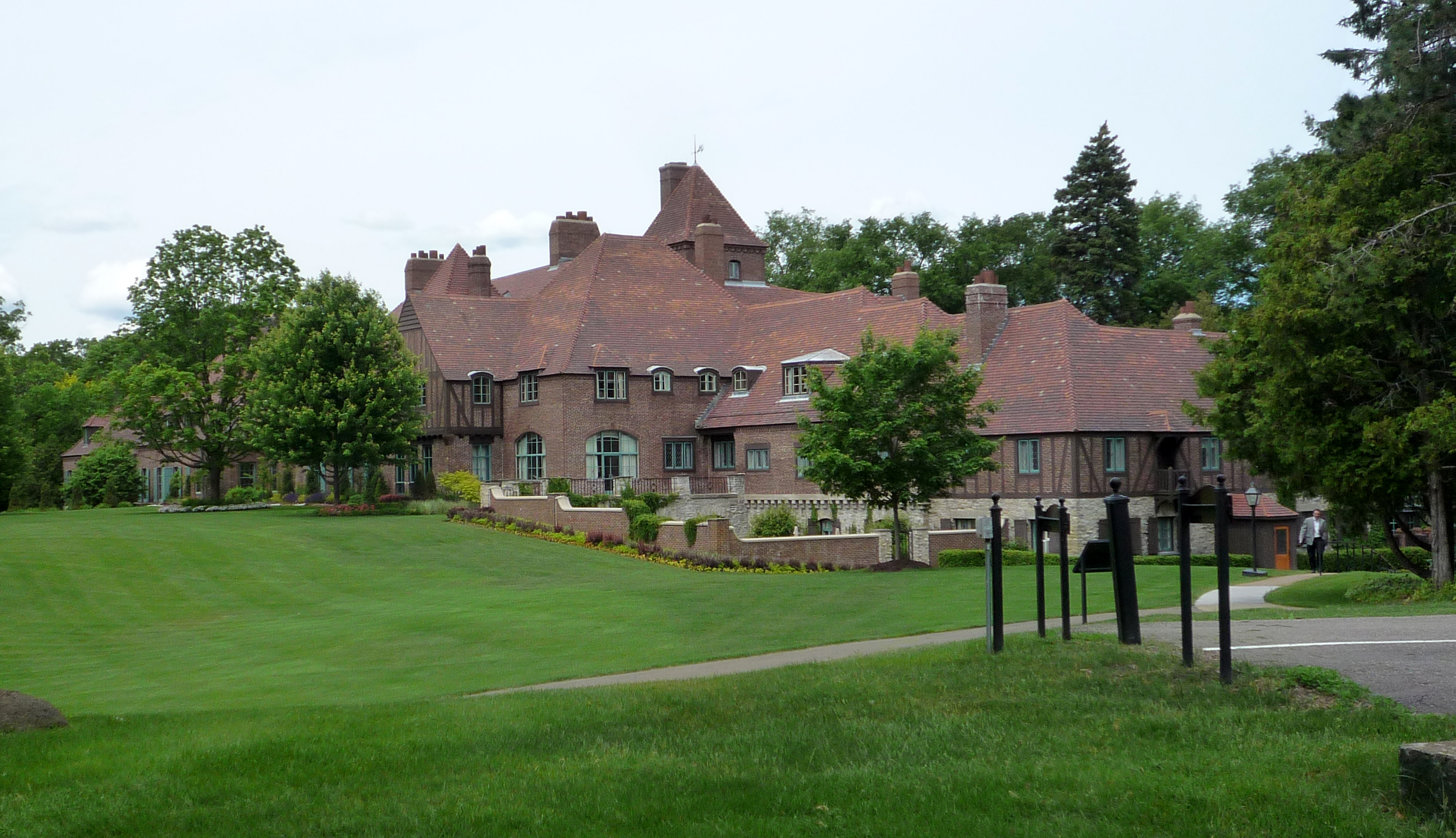|
Bucșani, Giurgiu
Bucșani is a commune located in Giurgiu County, Muntenia, Romania. Villages The commune is composed of seven villages: Anghelești, Bucșani, Goleasca, Obedeni, Podișor, Uiești and Vadu Lat. Vadu Lat Vadu Lat (sometimes spelled Vadul-Lat) is a village in Bucșani commune. The village has a middle school and a psychiatric hospital. One of the most important employers in the county is ''Baza Vadu Lat'' (a small storehouse that buys the crops from farmers in the region). The society was listed on the RASDAQ Exchange until 2002. It is now owned by Cargill Cargill, Incorporated, is a privately held American global food corporation based in Minnetonka, Minnesota, and incorporated in Wilmington, Delaware. Founded in 1865, it is the largest privately held corporation in the United States in ter .... In antiquity, this area was the home of the Gumelnița Culture. [...More Info...] [...Related Items...] OR: [Wikipedia] [Google] [Baidu] |
Commune In Romania
A commune (''comună'' in Romanian language, Romanian) is the lowest level of administrative subdivision in Romania. There are 2,686 communes in Romania. The commune is the rural subdivision of a Counties of Romania, county. Urban areas, such as towns and cities within a county, are given the status of ''Cities in Romania, city'' or ''Municipality in Romania, municipality''. In principle, a commune can contain any size population, but in practice, when a commune becomes relatively urbanised and exceeds approximately 10,000 residents, it is usually granted city status. Although cities are on the same administrative level as communes, their local governments are structured in a way that gives them more power. Some urban or semi-urban areas of fewer than 10,000 inhabitants have also been given city status. Each commune is administered by a mayor (''primar'' in Romanian). A commune is made up of one or more villages which do not themselves have an administrative function. Communes ... [...More Info...] [...Related Items...] OR: [Wikipedia] [Google] [Baidu] |
Giurgiu County
Giurgiu () is a county (''județ'') of Romania on the border with Bulgaria, in Muntenia, with the capital city at Giurgiu. Demographics In 2011, it had a population of 265,494 and the population density was . * Romanians – over 96% * Romani people, Romani – 3.5% * Minorities of Romania, Others – 0.5% Geography This county has a total area of . The county is situated on a plain – the Southern part of the Wallachian Plain. The landscape is flat, crossed by small rivers. The southern part is the valley of the Danube which forms the border with Bulgaria. In the North, the Argeș (river), Argeș River and Dâmbovița (river), Dâmbovița River flow. Neighbours * Călărași County in the East. * Teleorman County in the West. * Ilfov County and Dâmbovița County in the North. * Bulgaria in the South – Ruse Province and Silistra Province. Economy The county has two big areas of development: one close to the city of Giurgiu – The Free Trade Zone Giurgiu, and ... [...More Info...] [...Related Items...] OR: [Wikipedia] [Google] [Baidu] |
Muntenia
Muntenia (, also known in English as Greater Wallachia) is a historical region of Romania, part of Wallachia (also, sometimes considered Wallachia proper, as ''Muntenia'', ''Țara Românească'', and the seldom used ''Valahia'' are synonyms in Romanian). It is situated between the Danube (south and east), the Carpathian Mountains (the Transylvanian Alps branch) and Moldavia (both north), and the Olt River to the west. The latter river is the border between Muntenia and Oltenia (or ''Lesser Wallachia''). Part of the traditional border between Wallachia/Muntenia and Moldavia was formed by the rivers Milcov and Siret. Geography Muntenia includes București - Ilfov, Sud - Muntenia, and part of the Sud-Est development regions. It consists of ten counties entirely: * Brăila * Buzău * Călărași * Argeș * Dâmbovița * Giurgiu * Ialomița * Ilfov * Prahova And parts of four others: * Teleorman (the entire county with the exception of Islaz) * Vrancea (southern part) * ... [...More Info...] [...Related Items...] OR: [Wikipedia] [Google] [Baidu] |
Romania
Romania ( ; ro, România ) is a country located at the crossroads of Central Europe, Central, Eastern Europe, Eastern, and Southeast Europe, Southeastern Europe. It borders Bulgaria to the south, Ukraine to the north, Hungary to the west, Serbia to the southwest, Moldova to the east, and the Black Sea to the southeast. It has a predominantly Temperate climate, temperate-continental climate, and an area of , with a population of around 19 million. Romania is the List of European countries by area, twelfth-largest country in Europe and the List of European Union member states by population, sixth-most populous member state of the European Union. Its capital and largest city is Bucharest, followed by Iași, Cluj-Napoca, Timișoara, Constanța, Craiova, Brașov, and Galați. The Danube, Europe's second-longest river, rises in Germany's Black Forest and flows in a southeasterly direction for , before emptying into Romania's Danube Delta. The Carpathian Mountains, which cross Roma ... [...More Info...] [...Related Items...] OR: [Wikipedia] [Google] [Baidu] |
RASDAQ
The Bucharest Stock Exchange (BVB) (Romanian: ''Bursa de Valori București'') is the stock exchange of Romania located in Bucharest. In 2019, the capitalization of BVB increased 23.4% compared to the previous year, to the value of EUR 37.8 billion. At the end of 2019 there were 83 companies listed on the BVB. The capitalization of the Romanian capital market in relation to GDP was of 17.9% at the end of 2019. That same year, the stock exchange indices reached their highest level in the past 10 years. The BET index went up 35% and the BET-TR rose more rapidly, by 47%, against the dividends distributed by the companies. At 31 December 2019, the most liquid company within the BVB’s main (Regular) market was Banca Transilvania (TLV), which owns approximately 30% of the total traded value. The following most liquid companies were Fondul Proprietatea (FP), BRD - Groupe Société Générale (BRD), Romgaz (SNG) and OMV Petrom (SNP). In September 2020, the Bucharest Stock Exchange was ... [...More Info...] [...Related Items...] OR: [Wikipedia] [Google] [Baidu] |
Cargill
Cargill, Incorporated, is a privately held American global food corporation based in Minnetonka, Minnesota, and incorporated in Wilmington, Delaware. Founded in 1865, it is the largest privately held corporation in the United States in terms of revenue. If it were a public company, it would rank, as of 2015, number 15 on the Fortune 500, behind McKesson and ahead of AT&T. Cargill has frequently been the subject of criticism related to the environment, human rights, finance, and other ethical considerations. Some of Cargill's major businesses are trading, purchasing and distributing grain and other agricultural commodities, such as palm oil; trading in energy, steel and transport; raising of livestock and production of feed; and producing food ingredients such as starch and glucose syrup, vegetable oils and fats for application in processed foods and industrial use. Cargill also has a large financial services arm, which manages financial risks in the commodity marke ... [...More Info...] [...Related Items...] OR: [Wikipedia] [Google] [Baidu] |
Gumelnița–Karanovo Culture
The Gumelniţa–Karanovo VI culture was a Neolithic culture of the 5th millennium BC, named after the Gumelniţa site on the left (Romanian) bank of the Danube. Geography At its full extent the culture extended along the Black Sea coast to central Bulgaria and into Thrace. The aggregate "Kodjadermen-Gumelnita-Karanovo VI" evolved out of the earlier Boian, Marita and Karanovo V cultures. In the East it was supplanted by Cernavodă I in the early 4th millennium BC. Periodization One of the most flourishing civilizations from the last half of the 5th millenium BC is (next to the Ariuşd Cucuteni – Tripolie complex) Gumelniţa Culture... absolute chronology, still under discussion, according to the latest calibrated data, assigns this culture (as mentioned above) to the limits of the last half of the 5th millenium BC and maybe to early 4th millenium BC. :—Silvia Marinescu-Bîlcu, "Gumelniţa Culture" This matches exactly the view of Blagoje Govedarica (2004). The first ... [...More Info...] [...Related Items...] OR: [Wikipedia] [Google] [Baidu] |
Ilie Nițu
Ilie Nițu (born 12 November 1931) is a Romanian former sports shooter. He competed in the 50 metre pistol event at the 1960 Summer Olympics The 1960 Summer Olympics ( it, Giochi Olimpici estivi del 1960), officially known as the Games of the XVII Olympiad ( it, Giochi della XVII Olimpiade) and commonly known as Rome 1960 ( it, Roma 1960), were an international multi-sport event held .... References External links * 1931 births Possibly living people Romanian male sport shooters Olympic shooters for Romania Shooters at the 1960 Summer Olympics Sportspeople from Giurgiu County {{Romania-sportshooting-bio-stub ... [...More Info...] [...Related Items...] OR: [Wikipedia] [Google] [Baidu] |
Communes In Giurgiu County
An intentional community is a voluntary residential community which is designed to have a high degree of social cohesion and teamwork from the start. The members of an intentional community typically hold a common social, political, religious, or spiritual vision, and typically share responsibilities and property. This way of life is sometimes characterized as an "alternative lifestyle". Intentional communities can be seen as social experiments or communal experiments. The multitude of intentional communities includes collective households, cohousing communities, coliving, ecovillages, monasteries, survivalist retreats, kibbutzim, hutterites, ashrams, and housing cooperatives. History Ashrams are likely the earliest intentional communities founded around 1500 BCE, while Buddhist monasteries appeared around 500 BCE. Pythagoras founded an intellectual vegetarian commune in about 525 BCE in southern Italy. Hundreds of modern intentional communities were formed across Europe ... [...More Info...] [...Related Items...] OR: [Wikipedia] [Google] [Baidu] |




